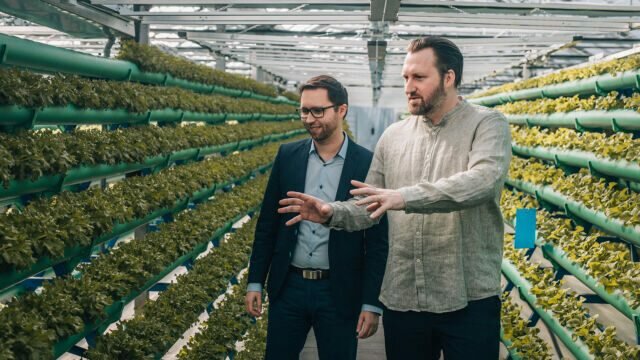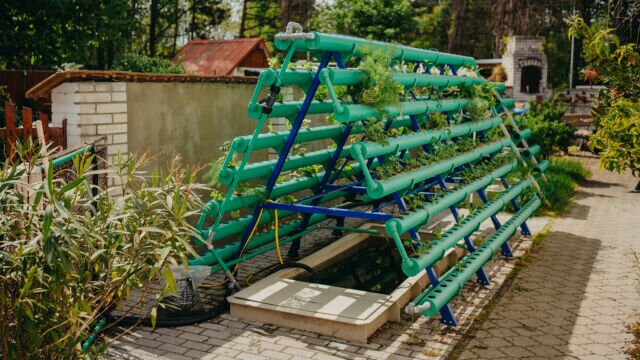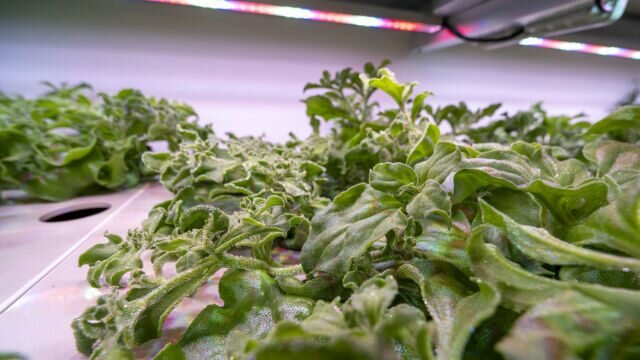Plant pathologist / Phytopathologist AKA Use of biological pest control
Aquaponics and chemistry do not get along very well. As mentioned in the previous articles, if the plants are sprayed, the natural cycle of the aquaponic system gets disrupted, which leads to fish health deterioration. Using antibiotics will kill bacteria, but the system will collapse. So what do we have to do if pests reproduce / appear in excessive numbers?
The answer is really simple. Greenhouses and all enclosed areas in general are an excellent example of how biological protection can be used.
Aphids
These are small insects of 1-4 mm in size. They seem to be defenceless, but they can do great damage to production. Their strength lies in their numbers. In spring, the hibernating eggs hatch live wingless females, which are able to reproduce asexually and lay more eggs. Their reproductive ability is so high that they can produce 3 to 4 generations of wingless aphids.
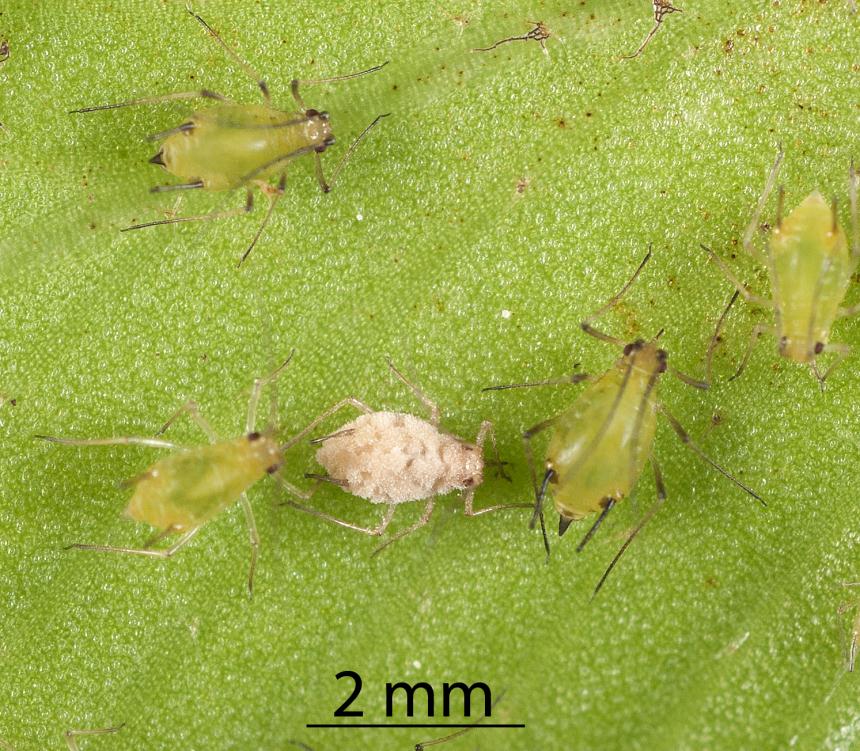
In the next generation, both wingless and winged forms are born, which can further colonise new habitats. Those of the aphids that have migrated will start establishing numerous colonies. The sexual stage consists of the copulation of males and females, with females laying eggs in winter and the cycle repeating itself in the spring. Aphids do direct harm by sucking nutrients from the plant leaves, but the risk for them lies in the transmission of viral diseases. Sooner or later, the intensive suction activity weakens the plant´s resistance and disrupts the supply of nutrients, assimilates and phytohormones. This leads to deformation of the affected parts, their delayed development, loss of fertility and, last but not least, to the death of the plant.
Using BIOAGENTS: The most common form of biological protection against aphids is the use of so-called Bioagents. Bioagents are living organisms that help regulate the state of pests. Aphidius colemani – known here as a parasitic wasp, is an excellent predator.
The application is simple. It must be applied as soon as possible after the detection of aphids (yellow sticky tapes serve as a helper in this case). The shipment usually contains pupae from which the wasps hatch. They can parasitise on up to 300 aphids into which they lay eggs. An interesting fact is that after the wasp lays the egg, the aphid mummifies and “changes” colour into gold. Parasitic wasps are dependent on aphids; therefore, it is not possible to use them as prevention against aphids. It is essential to maintain the optimum temperature in the space, which should range between 15 to 30 °C.
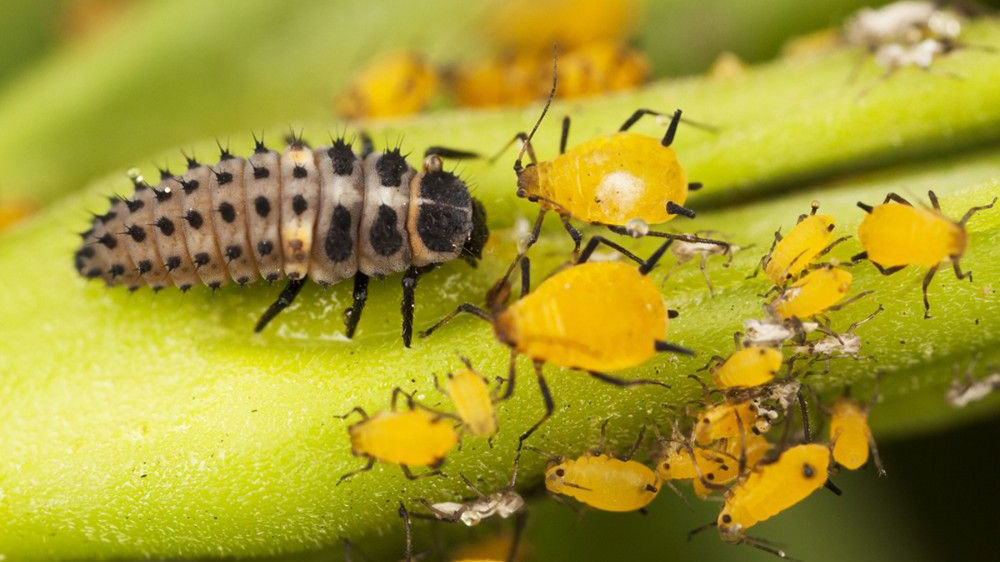
Possible applications are against green peach aphids (Myzus persicae) and cotton aphids (Aphis gossypii).
The seven-spotted ladybird (Coccinella septempunctata) can also be of help. Ladybirds are predators whose larvae can consume hundreds of aphids during its development cycle. Today, we are more likely to come across the Asian ladybird (Harmonia axyridis), which has become an invasive species in our country. Its use is, however, not as common as in the past.
Also, of interest is the use of an entomopathogenic fungi-based preparation of the Entomophthorales genus. In nature, pathogenic fungi are spread by conidia (asexual spores), which, after aphids die, form on the surface of their infected body. The dead aphids remain attached to the surface in the colony and therefore become another source of infection. Mature spores are actively fired up to a distance of a few millimetres, which makes it much easier for them to spread through the air. After contact with a suitable host, conidia germinate and their hyphae grow into the body of the pests, thereby expanding and soon filling the entire body of the aphid. The cycle closes by creating additional conidia on the surface of a dead individual. This cycle lasts approximately 2 to 6 days, depending on the environmental conditions (higher air humidity helps spores germinate). There are currently no products of this kind on the market, but we can hope that they soon appear.



